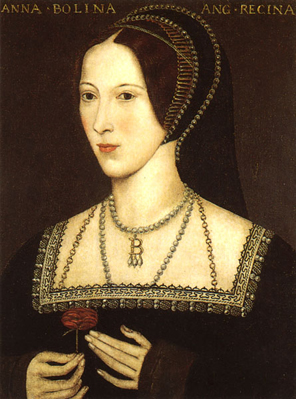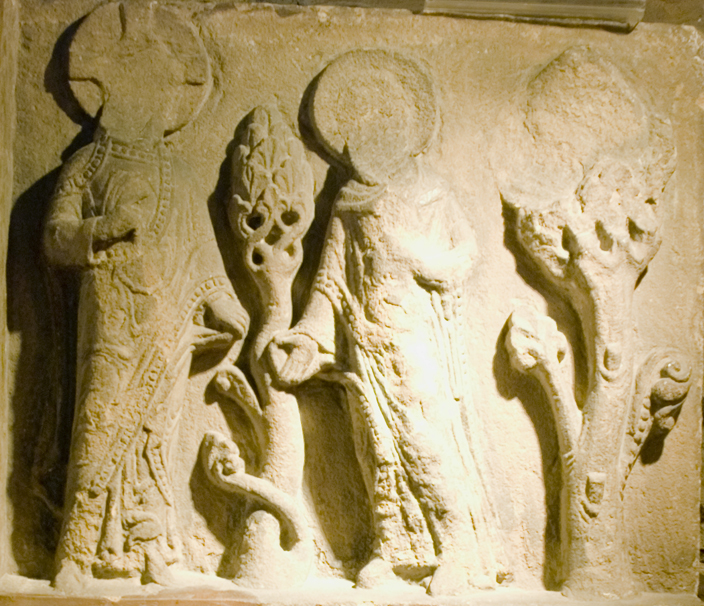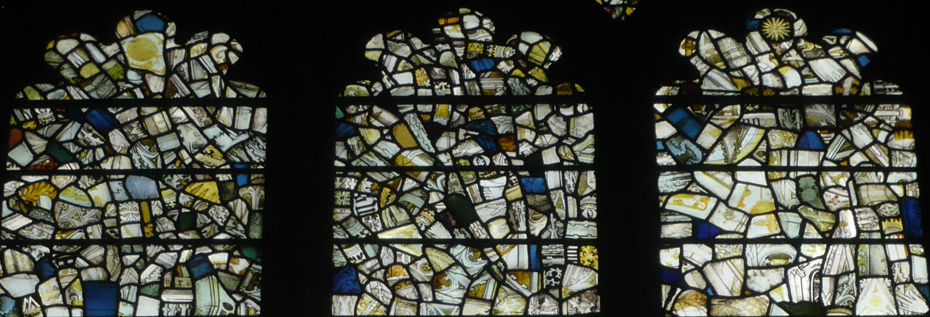The Reformation and its Impact
The Reformation was a decisive moment in English history – one that had a major impact on what it means to be English, even today. How did it affect Durham?
The Reformation saw the breaking away of the English Church from the Catholic Church in Rome in 1534 and the installation of King Henry VIII as its Supreme Head.

Anne Boleyn, one of the reasons Henry VIII sought to break away from the Church in Rome.
What caused the Reformation?
The reformation was a combination of several factors: a century of dissatisfaction with the Catholic Church, whose popes and bishops were demonstrating an increasing abuse of spiritual power for political and material gain; Henry VIII’s desire to obtain a divorce and the Catholic Church’s refusal to grant him one; and the political ambitions of members of Henry’s court.
Henry’s Request for Divorce
The turning point came in 1527 when Henry VIII, then married to Catherine of Aragon, desperate for a male heir, and in love with Anne Boleyn, was refused a divorce.
Apart from the ideological reasons for the pope’s refusal, there were political considerations as well. Catherine of Aragon was the aunt of the Emperor Charles V of Spain (the Holy Roman Emperor) whose army surrounded Rome.
English Autonomy
In 1530, Henry VIII enlisted the support of an intelligent clergyman, Thomas Cranmer, who compiled documents arguing that, historically, the King of England had imperial power similar to that of the Holy Roman Emperors and was therefore not subject to the Pope’s jurisdiction.
Henry had to wait until the death of the Archbishop of Canterbury in 1532 before he could get the English clergy’s support for his judicial autonomy.
Henry manoeuvred successfully to make Cranmer the new Archbishop of Canterbury, obtained his required divorce and, in 1534, the Act of Supremacy was issued. It formalised the break with Rome, making Henry the Supreme Head of the now independent Church of England.
The Dissolution of the Monasteries
One of the key policies of the Reformation was the dissolution of the monasteries between 1536-1540, supposedly to put an end to the alleged corruption of the religious establishment.
In reality, financial motivation was one of the key reasons behind this policy, which led to the state appropriating the assets of the Church.
Much of the land taken from monasteries was sold to the common people, making them beneficiaries of the Reformation and thus less likely to resist it too strongly.
Monastic treasures, such as the elaborate shrines of important saints such as Cuthbert, were stripped – and the gold, silver and jewels used to replenish the royal coffers (and those of the king’s cronies).
Durham Cathedral – a prime target, given its wealth and importance – was stripped of its wealth between 1537 and 38.

A block of stone from the screen that would have once separated the nave and the quire of Durham Cathedral. All of the figures have been defaced – this must have occurred after Henry VIII's death, when Protestant extremism grew rampant. The screen was subsequently dismantled, and this block was found reused in one of the buildings of the Cathedral College.
© Jeffrey Veitch
Religious Reform as a Pretext for Destruction
Religious reform was the justification for the destruction of shrines such as those of St Cuthbert, as the veneration of saints was considered to be one of the ideological transgressions of the old regime. It also provided an excuse to strip religious buildings of their greatest riches – as shrines were usually the recipients of the most lavish and valuable gifts.
Henry VIII himself was not radical ideological reformer, and died a Catholic (of sorts) in 1547.
It was following his death, and during the reign of his infant son Edward VI (ten years old), that extreme Protestant zeal started gaining ground, spurred on by the two regents who were actually in control.
It was then that the destruction of religious symbols on ideological grounds became widespread. Altars, shrines, statues and stained glass windows, many representing the pinnacle of English art, were thoughtlessly destroyed.
(Source: An Overview of the Reformation by Bruce Robinson.)

